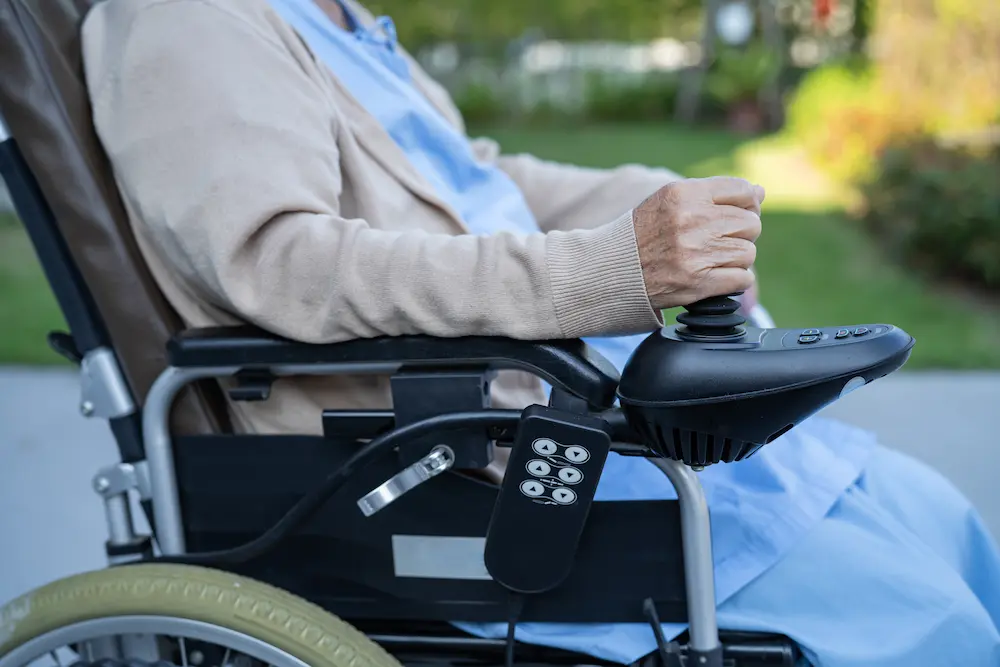Shortness of breath is a common issue among seniors, affecting their quality of life. Understanding how to treat shortness of breath in elderly at home is crucial for caregivers and family members. By learning effective techniques, you can help improve the day-to-day living of your loved ones.

Causes of Shortness of Breath in Elderly
The first step in dealing with shortness of breath is understanding its causes. It can stem from various conditions such as chronic obstructive pulmonary disease (COPD), heart problems, or even anxiety. Other causes might include respiratory infections or a sedentary lifestyle.
Recognizing Symptoms of Breathing Difficulties
Recognizing the symptoms of breathing difficulties early on is essential. These symptoms may include rapid breathing, wheezing, or a bluish tint around the lips or fingertips. If you notice these signs, it’s important to consider home treatment options immediately.
Consult a Healthcare Professional
Before starting any treatment, consult a healthcare professional to ensure that the condition is not severe. Your doctor might provide guidance on proper medication or lifestyle changes that can alleviate respiratory issues.
Home Treatments for Shortness of Breath
There are several ways to manage shortness of breath at home. Here are some effective methods:
Breathing Exercises
Breathing exercises, such as pursed-lip breathing or diaphragmatic breathing, can help seniors improve their lung capacity and ease discomfort.
Positioning and Posture
Encouraging proper posture and certain positions, like sitting forward with elbows on knees, can help ease breathing issues.
Using a Humidifier
Maintaining adequate humidity in the room can aid in soothing dry airways, thus reducing breathing difficulties.
Ensuring Adequate Rest
Adequate rest is crucial. Ensure the senior has a comfortable sleeping environment and is getting enough sleep each night.
Monitoring Physical Activity
While maintaining activity is important, excessive exertion can lead to increased shortness of breath. Balance is key.
When to Seek Medical Attention
While home treatments are beneficial, any sudden or severe changes in breathing necessitate immediate medical attention. As you care for your loved ones, staying alert is paramount.
Link with Other Conditions
Its important to consider how shortness of breath may be linked with other health conditions like dizziness or heart issues. Learn more about elderly dizziness treatment.
Creating a Supportive Environment
Ensure a safe and supportive environment for the elderly. This involves regular check-ups, medication management, and emotional support. Visit NIH’s guide on senior care for more insights.
Caring for Elderly with Other Conditions
Caring for seniors with multiple health conditions can be challenging. For insights into A-fib management, explore our resources.

Building a Holistic Care Plan
For comprehensive care, consider dietary adjustments and regular physical activity to support overall health. Check our guide on appetite improvement in seniors.
FAQ Section
What are some quick ways to help an elderly person breathe easier at home? Quick methods include using a humidifier, ensuring good ventilation, and helping them practice breathing exercises.
Is it important to involve a healthcare provider when treating shortness of breath at home? Yes, consulting a healthcare provider ensures the condition is accurately diagnosed, and the treatment plan is tailored to the individual’s needs.
What role does physical activity play in managing shortness of breath? Physical activity enhances lung function and overall health but should be moderated to avoid overexertion.
This article contains affiliate links. We may earn a commission at no extra cost to you.

